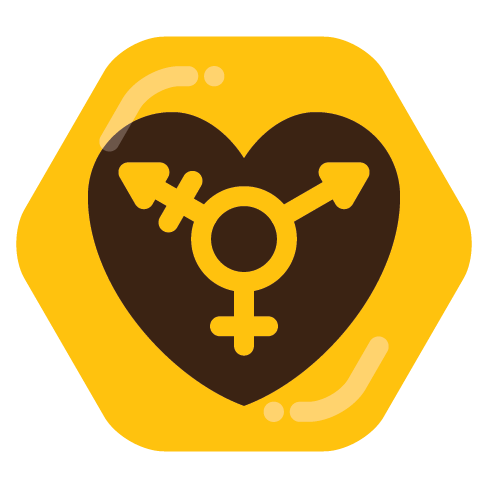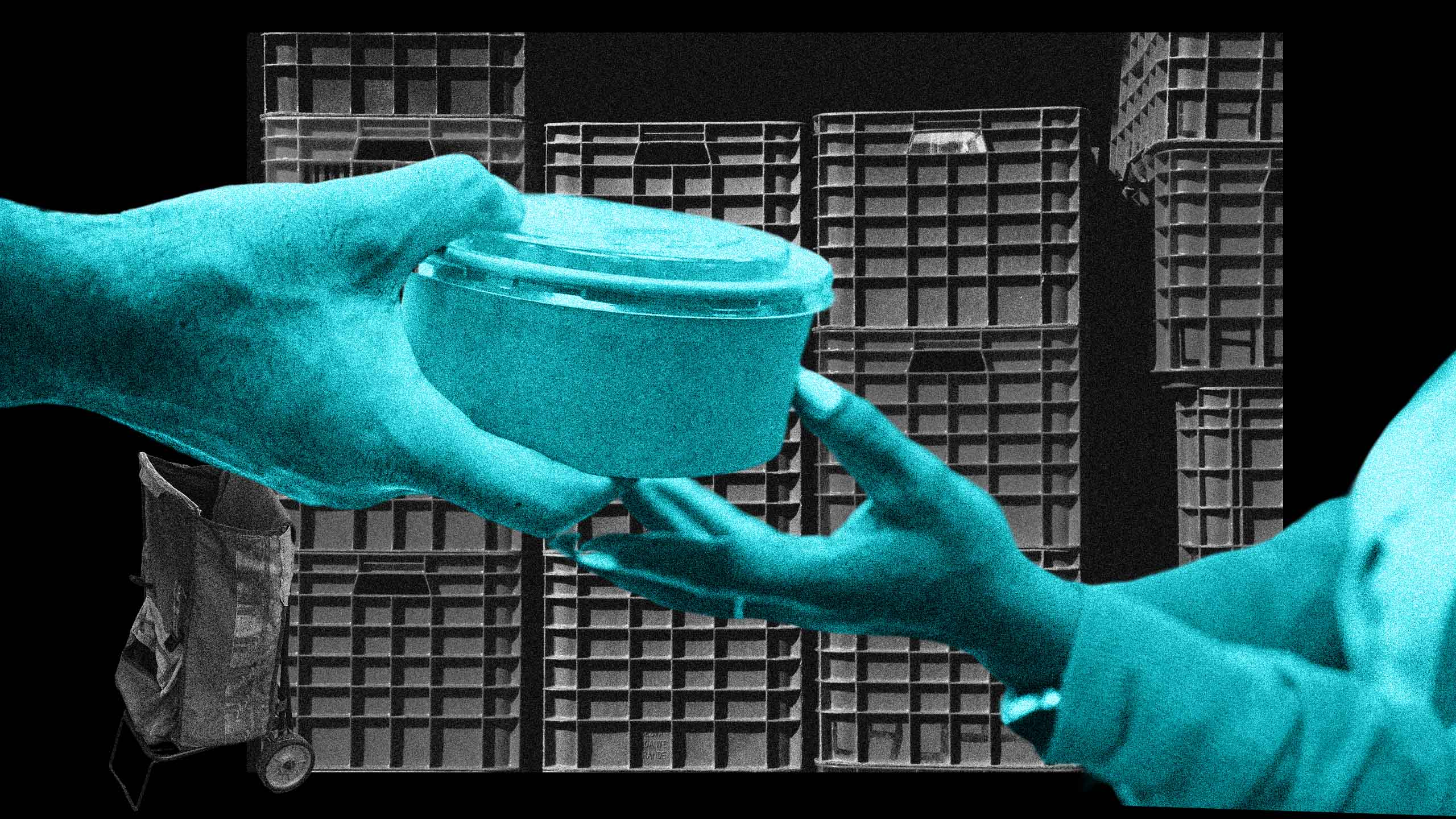The Supper Table is a low-barrier food bank and community meal program that tackles food insecurity in downtown Ottawa by serving anyone in need of food, regardless of gender identity or expression, race, ethnicity, sexual orientation, ability, religion, age, culture, social or economic status.
I sometimes wonder how LGBTQ2S+ community members feel about accessing our food bank. While the Supper Table and its staff and volunteers are very welcoming of LGBTQ2S+ individuals, unfortunately this is not true of all food banks connected to churches and faith-based organizations. I imagine some folks might fear being discriminated against and feel more comfortable visiting a food bank specifically geared toward queer and trans people where they can rest assured they’re entering into a safe and non-judgmental space.
A report released last year by the Department of Health and Society (DHS) at the University of Toronto looked at how LGBTQ2S+ people in the GTA experienced food insecurity during the pandemic. It found that 42 percent, nearly half of survey respondents, reported “some level of household food insecurity (HFI), with severe HFI higher among respondents who were bisexual, transgender/gender diverse and/or assigned-female-at-birth.” The study also showed that perceived discrimination was linked to an increased likelihood of all levels of household food insecurity.
Thankfully, community food banks for queer and trans folks exist in cities across the country. These programs aim to address food insecurity by creating inclusive and safer spaces for LGBTQ2S+ people to access food and find community alongside their peers.
Since 2012, Saige Community Food Bank has been serving individuals in East Vancouver, with a special focus on Two-Spirit, trans, gender-diverse and other marginalized communities who might also be navigating challenges like mental health issues and physical disabilities when accessing government-run food resources. They cultivate a safe, community-based experience for participants to receive healthy food, including fresh produce and higher-end items like baked goods and culturally appropriate foods that might otherwise be out of reach because of what is typically donated to food banks (shelf-stable items that are easy to store). Participants are empowered to select their own food items based on their personal needs and preferences, an approach also known as “the shopping model,” which differs from the pre-selected foods that some food banks provide, and have the opportunity to engage socially with fellow attendees as well as volunteers who function as community resource navigators connecting participants with other service providers and sharing information about local events.


